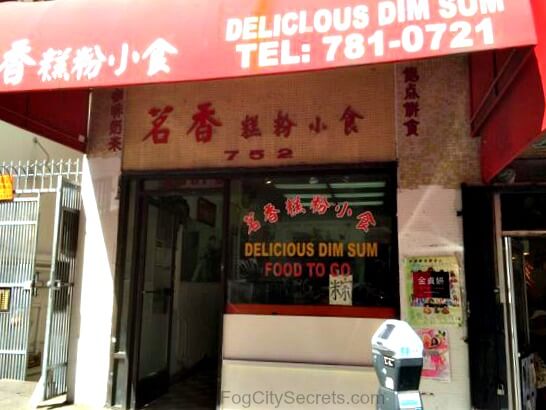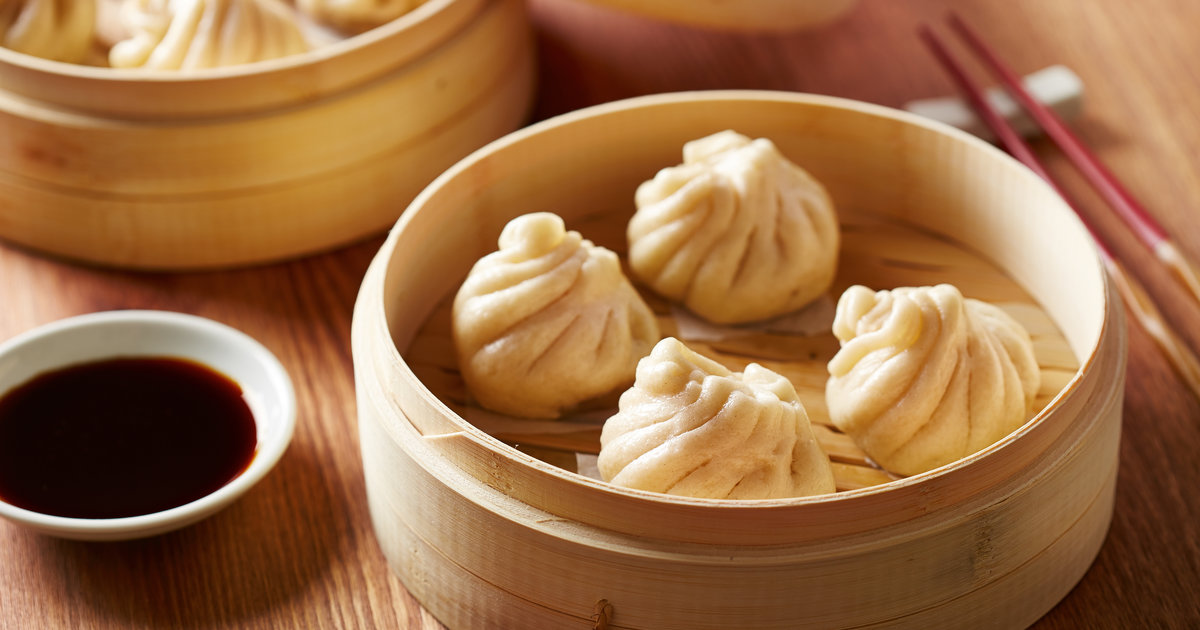

The Globe on Janustated, “The Chinatown of Boston has a very few restaurants which serve a limited selection of Chinese pastries daily 9 a.m.-3 p.m.” The writer visited three restaurants that served dim sum, including the Seventy Restaurant, Moon Villa, and King Wah. 7 that same year, the Globe, noted that Peking on the Mystic, in Medford, served “…Chinese ‘pasteries’ or dumplings called dim sum in Cantonese and dian hsing in the Mandarin tongue. 29, 1971 published a review of a new restaurant, Shanghai Low at 21 Hudson St., noting “Chinese pasteries (dim sum) are served Saturdays and Sunday from 11 a.m. It wasn’t until this time that information on dim sum in Boston started appearing. The Boston Globe on Jan. With the advent of the 1970s, dim sum gained popularity with non-Chinese people and gained much more press, usually very positive. The New Yorker Magazine on Augwrote about the Nom Wah Tea Parlor, mentioning that it was “a so-called ‘blob joint,’ which serves blobs, or balls, or meat, fish, vegetables, and dough, prepared in the Nom Wah Bakery, next door.”
#Boston chinatown dim sum restaurants series#
The Daily News in New York on Mahad a request from a reader interested in “finding an authentic Chinese ‘blob’ joint.” The newspaper then noted that “a blob meal consists of an endless series of differently stuffed dumplings.” The newspaper answered the question a few weeks later, noting that blob joints were also called Sim Dum, dim sum, or Dem Sem. 20, 1946 discussed the Nom Wah Tea Parlor in New York City, stating one of items served was “dim sum, a yellow cup made of egg noodle filled with chopped pork and Chinese vegetables.”ĭuring the early 1950s, dim sum restaurants in New York City started to gain publicity, though they also acquired a nickname that lasted into the early 1960s. For example, the Knoxville News-Sentinel on Oct. Tiffin is an older word which referred to a “light meal.”ĭuring the 1940s, it seems that many people thought dim sum was a specific food item, not a type of meal. The advertisement, shown above, noted that Fong In featured famous “dim sum” Chinese tiffin. The earliest newspaper reference I found to dim sum was in The San Francisco Examiner on Dec. It is possible that dim sum was initially something available primarily to the Chinese community, so they did not advertise to non-Chinese people.

However, there were not any newspaper references about dim sum at these spots during the 1920s and ’30s. Both of these restaurants are still open. was the Hang Ah Tea Room in San Francisco, which opened in 1920, closely followed later that same year by the Nom Wah Tea Parlor in New York City. It’s alleged that the first dim sum restaurant in the U.S. are murky, with little hard evidence supporting some of the historical claims. When did dim sum first come to the U.S.? What was the first dim sum restaurant in Boston’s Chinatown? Its origins in the U.S.

You might have your own favorite dim sum spot in Chinatown, or maybe elsewhere. Sometimes you order off a menu, selecting from a long list of intriguing choices.

The delights of dim sum! Numerous trolley carts of bamboo steamers with bao, dumplings, and other dishes are pushed around the room, and you simply point at the dishes you want.


 0 kommentar(er)
0 kommentar(er)
